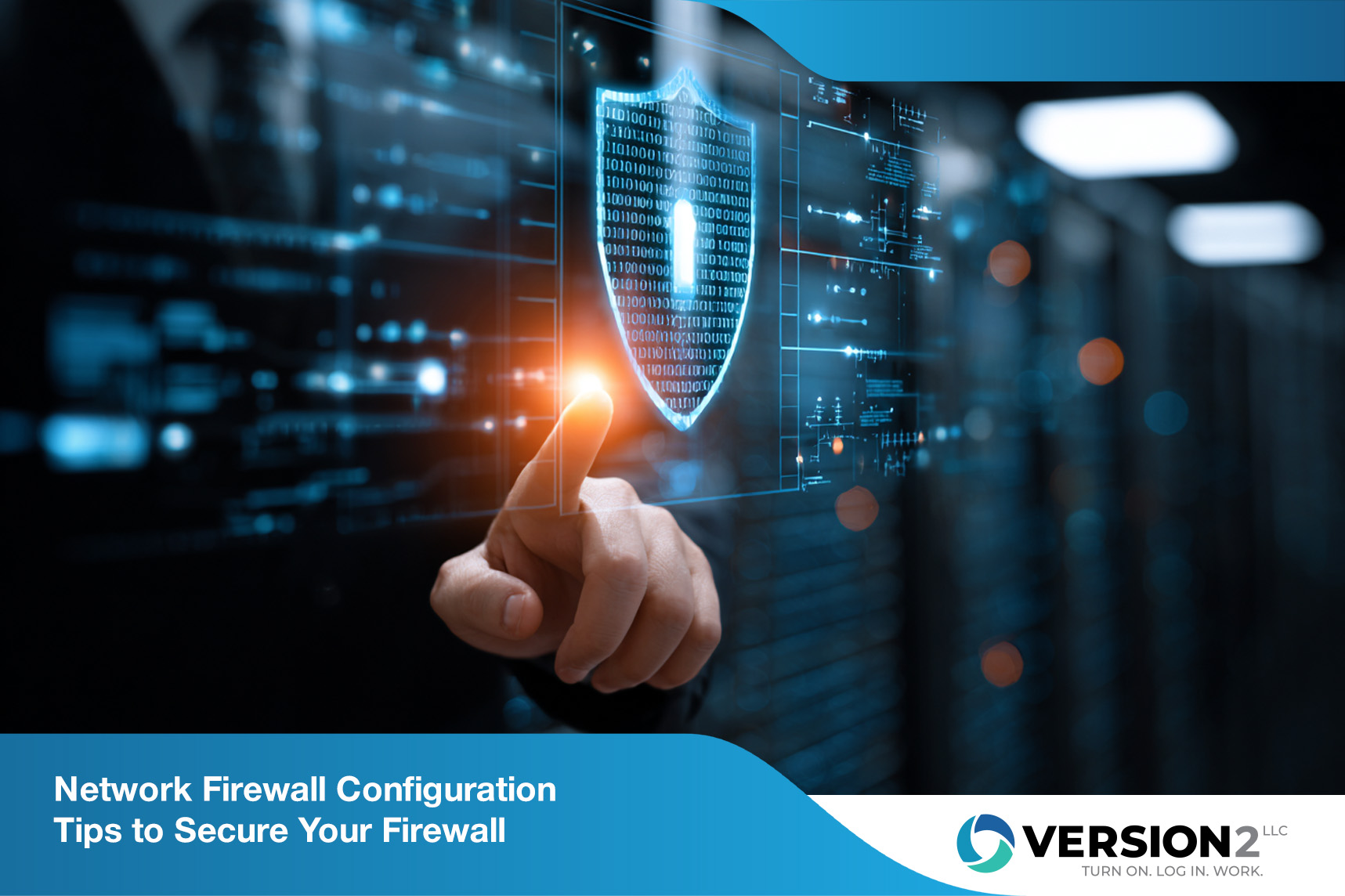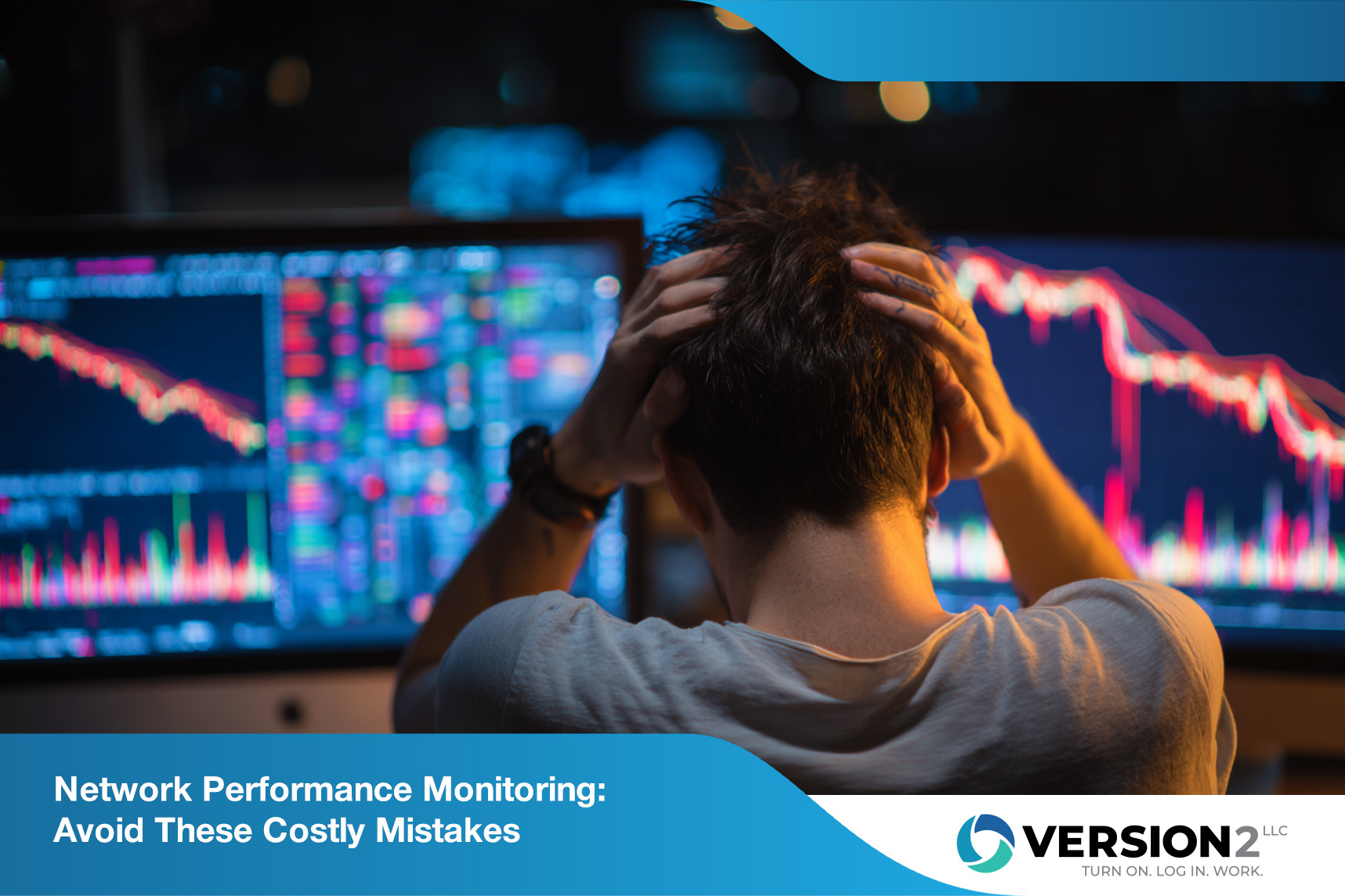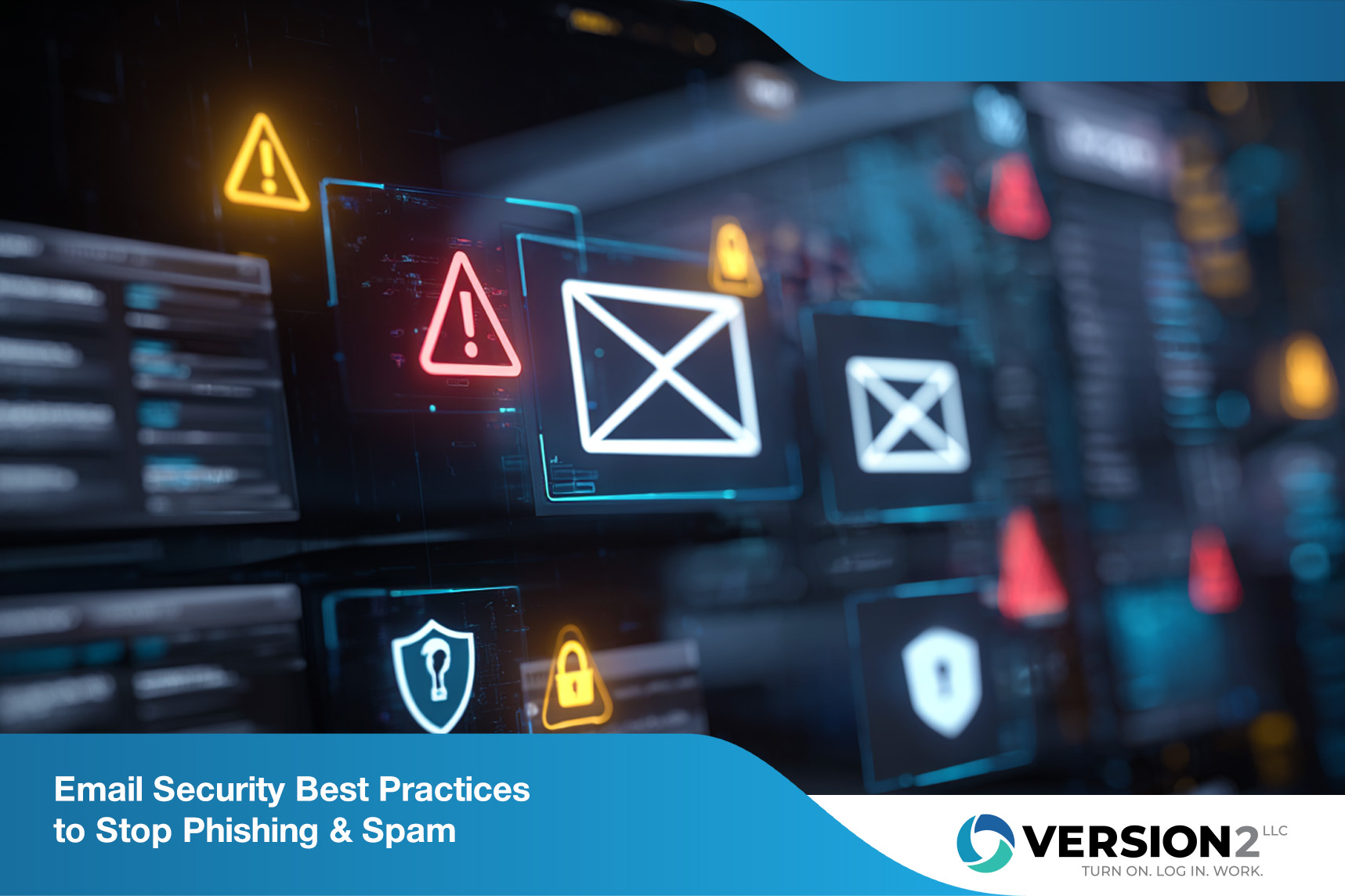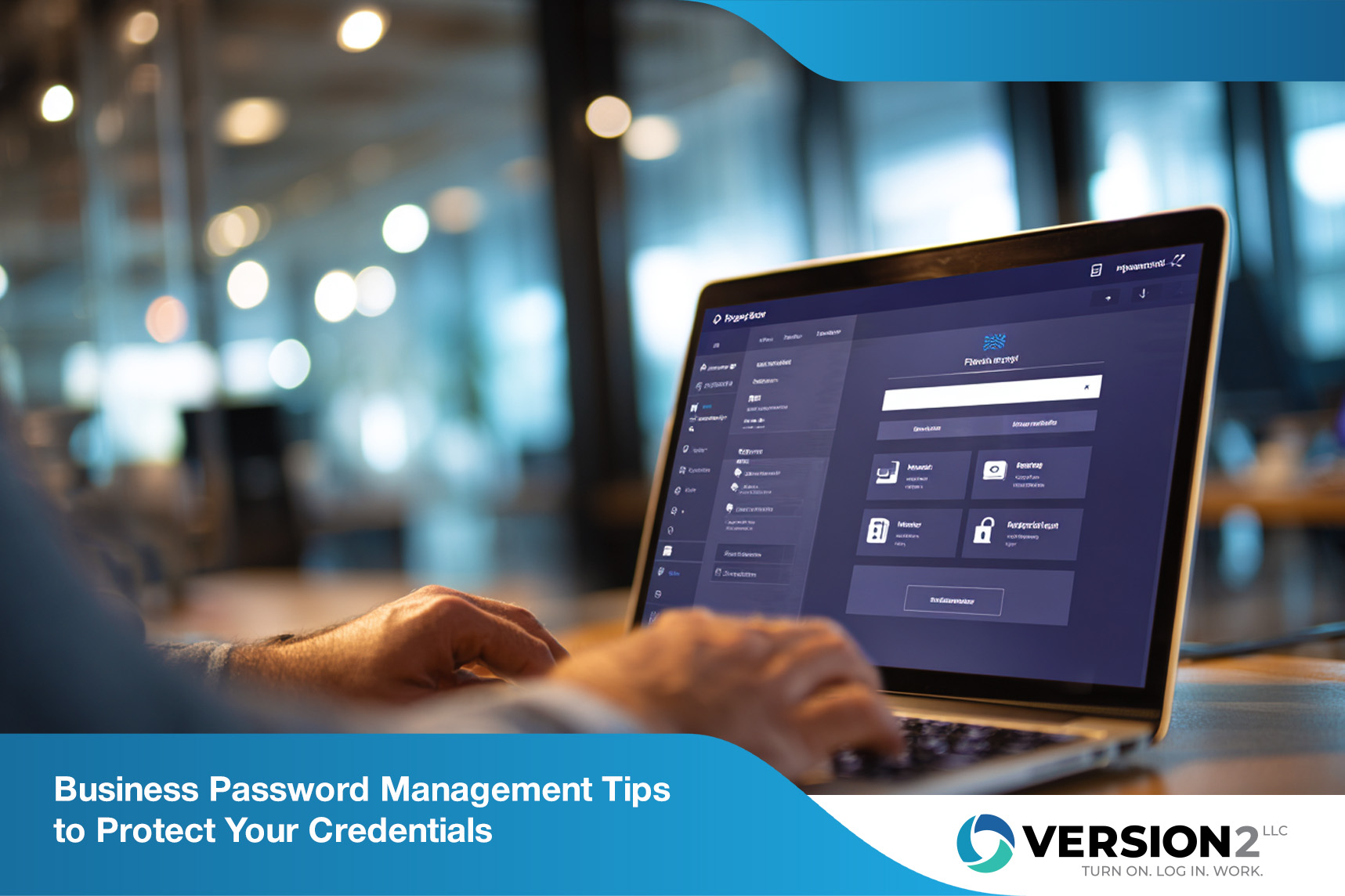
November 27, 2025
Network Firewall Configuration Tips to Secure Your Firewall
Learn how to master network firewall configuration, avoid common mistakes, and secure your systems with proper rules and policies.
October 28, 2025

Monitoring your network isn’t just about uptime—it’s about understanding how your systems behave, where slowdowns happen, and how to fix them before users notice. In this blog, you’ll learn what network performance monitoring really means, why it matters for growing businesses, and how to avoid common mistakes. We’ll also explore key features, implementation tips, and how to choose the right tools for your environment. You’ll get clarity on flow analysis, hybrid environments, and how to detect issues using metrics like latency and packet loss.
Network performance monitoring is the process of tracking, analyzing, and managing the health and speed of your network. It helps you identify issues like slow connections, dropped packets, or unusual traffic patterns before they impact users. This is especially important in environments where cloud services, virtual machines, and on-premises systems all interact.
Most businesses use a network performance monitor to collect data from devices and applications. These tools use protocols like SNMP to gather metrics such as bandwidth usage, latency, and packet loss. With this data, IT teams can detect problems, optimize traffic flows, and ensure reliable connectivity across all endpoints.
Monitoring also supports compliance and documentation by providing visibility into how data moves through your infrastructure. Whether you're managing a hybrid setup or a fully on-premises environment, performance monitoring gives you the insight needed to resolve issues quickly and plan for future growth.

Even with the right tools, many businesses fall into the same traps. Here are some of the most common issues and how to avoid them.
Without a clear baseline, it’s hard to know when something is wrong. You need to monitor network performance over time to understand what “normal” looks like. This helps detect unusual spikes or slowdowns early.
Uptime doesn’t tell the whole story. A network can be "up" but still slow or unstable. You need deeper visibility into traffic flows, latency, and packet behavior to get a full picture.
Many businesses use hybrid environments but monitor them separately. This creates blind spots. A unified view helps you correlate issues across systems and resolve them faster.
Problems often start at the edge. If you don’t monitor endpoint devices, you might miss early signs of trouble. Include endpoints in your monitoring strategy.
As your business grows, your monitoring tools need to keep up. Choose solutions that support multi-vendor systems and can handle increased traffic and complexity.
Too many alerts cause noise. Too few mean you miss problems. Set intelligent alerts that trigger based on real impact, not just thresholds.
Networks change. If you don’t review your monitoring setup regularly, you’ll miss new risks. Schedule audits to keep your system aligned with your infrastructure.

Today’s networks are complex. You might have cloud apps, on-premises servers, and remote users all relying on the same infrastructure. Without visibility, it’s hard to know where a problem starts or how it spreads.
Insight from monitoring tools helps you analyze traffic, identify root causes, and make informed decisions. For example, if latency increases between two endpoints, you can trace the path, check for congestion, and resolve the issue before it impacts users. This level of control is essential for keeping your environment stable and efficient.
Choosing the right software can make or break your monitoring strategy. Here are the features that matter most.
You need up-to-the-minute information to act quickly. Look for tools that automatically collect and display real-time metrics from across your network.
Most networks use equipment from different providers. Your monitoring software should work across all of them without compatibility issues.
Smart alerts reduce noise and help you focus on real problems. Choose tools that use analytics to detect patterns and trigger alerts based on impact.
Dashboards help visualize performance. A good tool lets you customize views by location, device, or service so you can monitor what matters most.
Understanding traffic flows helps you optimize performance. Flow data shows which applications use the most bandwidth and where bottlenecks occur.
Combining performance monitoring with network vulnerability scanning gives you a full view of both speed and security. This helps you detect and respond to threats faster.

Start by identifying what you need to monitor—this could include routers, switches, endpoints, and cloud services. Then, choose software that supports your architecture and scales with your business. Make sure it can monitor network traffic across all interfaces and protocols.
Next, configure alerts based on your environment’s needs. Avoid setting thresholds too low or too high. Use historical data to guide your settings. Finally, train your team to use the dashboards and reports. This ensures everyone can identify and resolve issues quickly.
Keeping your monitoring system effective requires regular attention. Here’s how to stay on track.

Are you a business with 10 to 100 employees looking to improve your network visibility and reliability? Our team works with growing companies to build monitoring systems that scale with your infrastructure and support your operations. We understand the challenges of managing hybrid environments, multiple vendors, and increasing traffic. Version 2 helps you implement intelligent tools that detect issues, optimize performance, and support compliance. Contact us to get started with a monitoring solution that fits your business.
A network monitor checks device status and availability, while performance monitoring tools go deeper. They analyze metrics like latency, packet loss, and bandwidth to detect network issues. This helps you identify and resolve problems before they affect users.
Performance monitoring also provides insight into how traffic flows through your infrastructure. It supports visibility across cloud and on-premises systems, helping you optimize connectivity and detect unusual behavior.
To monitor network performance in a hybrid setup, you need tools that work across cloud and on-premises systems. These tools should correlate data from all sources to give you a unified view. Look for solutions that support SNMP, flow analysis, and endpoint monitoring. This allows you to detect issues across your entire environment and resolve them quickly.
Visibility helps you understand how your network behaves. Without it, you can’t detect problems like packet loss or high latency until users complain. Monitoring tools provide dashboards and metrics that show real-time performance. This insight lets you analyze traffic, identify bottlenecks, and optimize performance. It also supports compliance by documenting how data moves through your infrastructure.
Important metrics include bandwidth usage, packet loss, latency, and interface errors. These help you detect performance issues and understand their impact. Monitoring these metrics across all endpoints and protocols ensures you catch problems early. It also helps you plan upgrades and optimize traffic flows.
Network vulnerability scanning identifies security risks, while performance monitoring tracks speed and reliability. Together, they give a full picture of your network’s health. Using both tools helps you detect threats and performance issues at the same time. This improves your ability to resolve problems and protect your environment.
Yes. Performance monitoring tools can detect where delays occur—whether it’s in the network, server, or application layer. They analyze traffic and identify latency sources. This helps you resolve issues faster and improve user experience. It also supports intelligent alerting, so you know when performance drops below acceptable levels.

November 27, 2025
Learn how to master network firewall configuration, avoid common mistakes, and secure your systems with proper rules and policies.

November 26, 2025
Discover email security best practices to protect your business from phishing, spam, and other email threats. Learn practical steps and tools that work.

November 24, 2025
Learn how business password management helps protect your company from breaches, streamline access, and secure sensitive data with the right tools and policies.